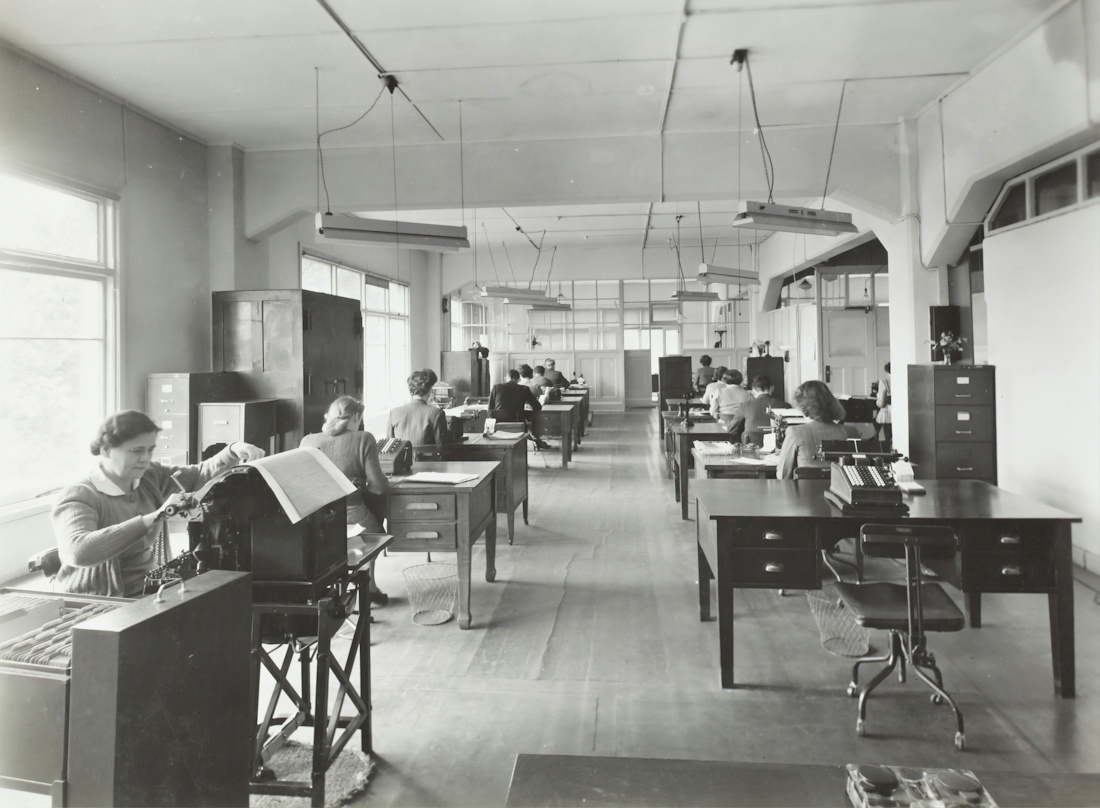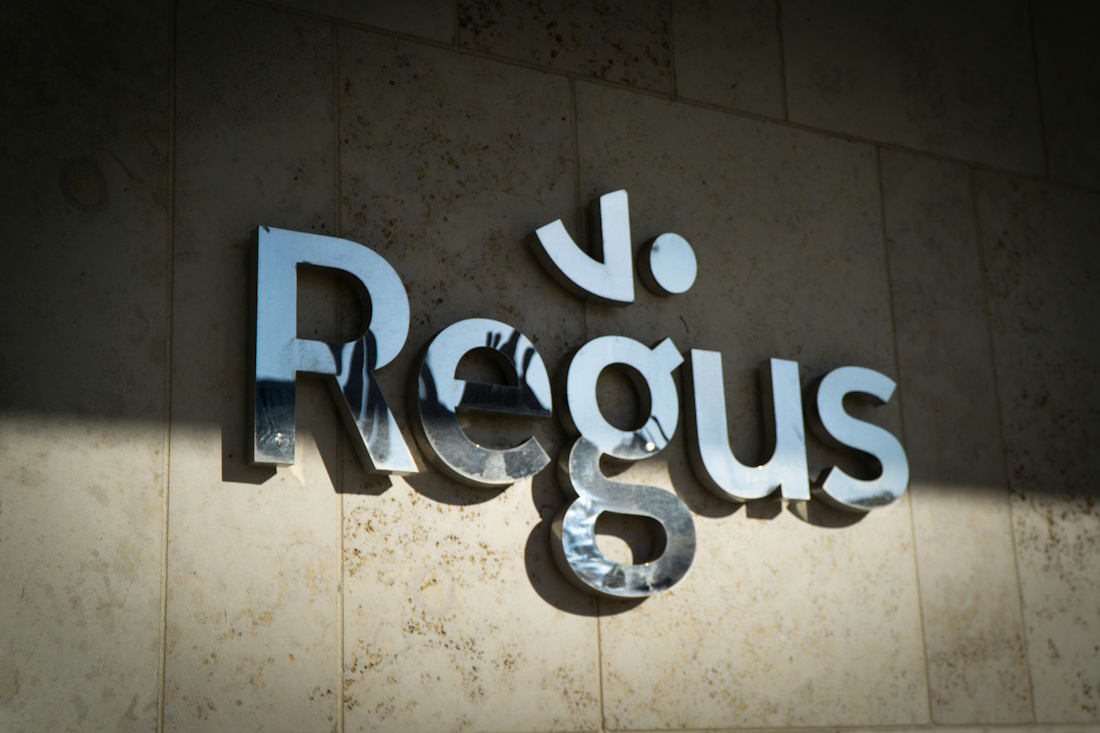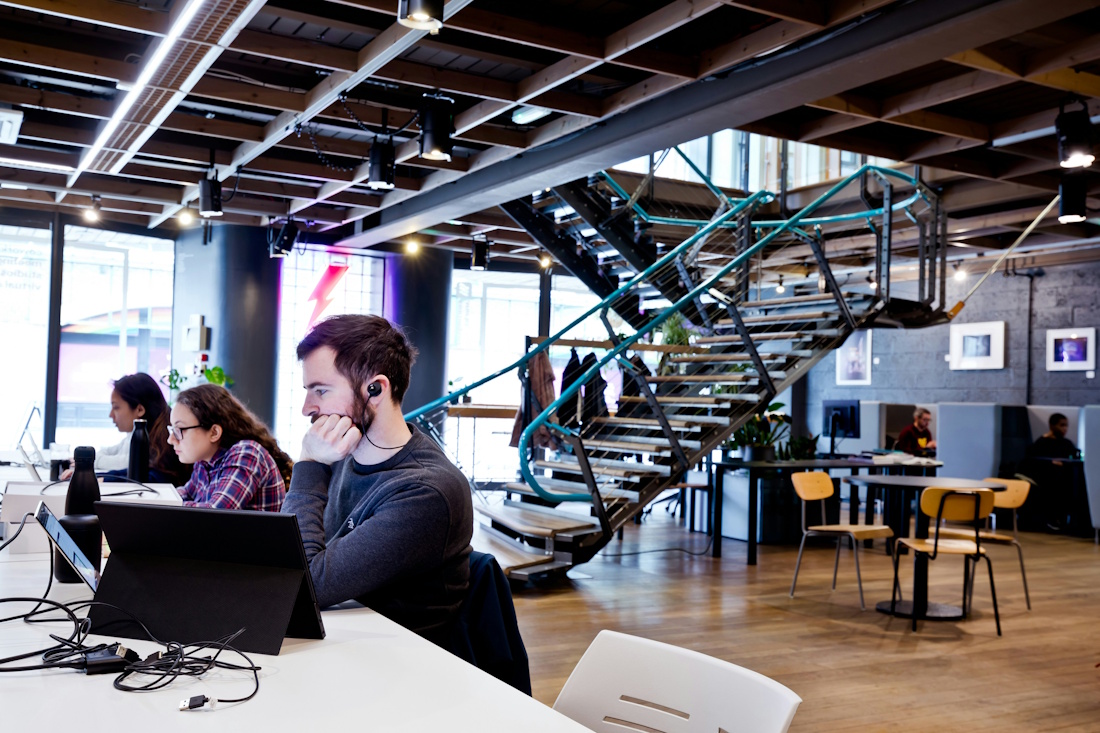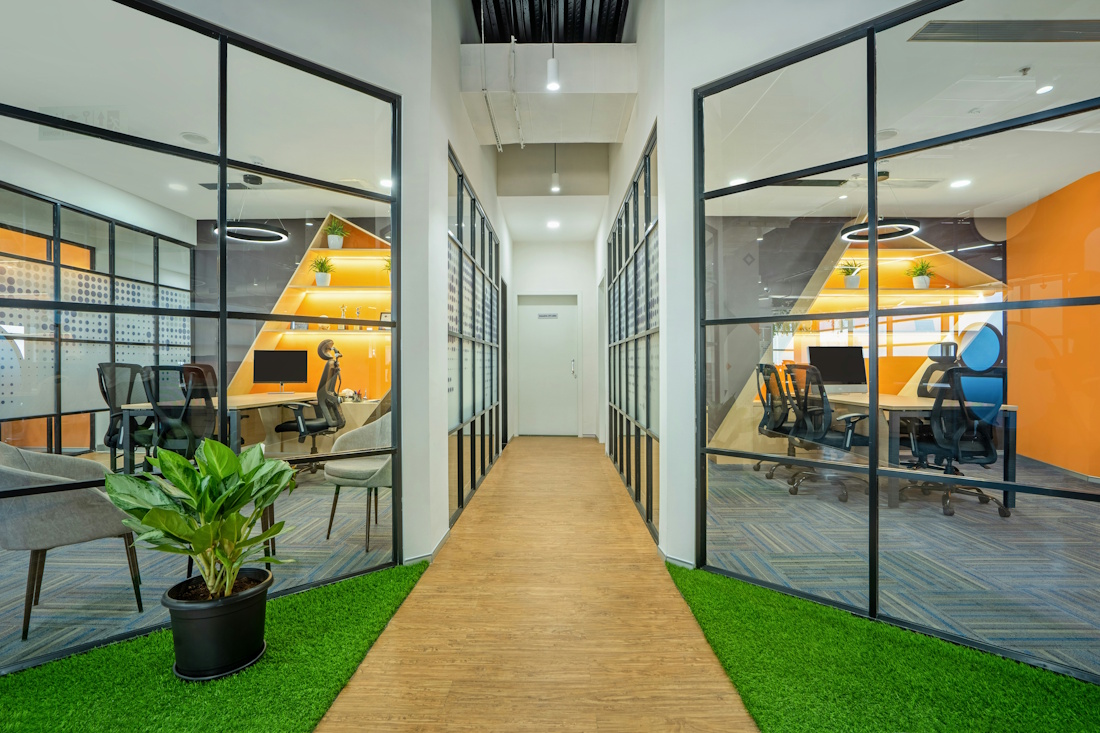Once a niche solution for small businesses, serviced offices have now evolved to become the norm for companies of all sizes looking to rent office space. In this article, we’ll explore the timeline of the serviced office from its creation to the workspaces we see today.
Pre-1960s: Traditional Office Space is the Norm
Before the serviced office model, businesses typically leased workspaces on long-term contracts. They were burdened with expensive setups, which cost time and money, and were often confined to unsuitable spaces.
The traditional office was designed for larger, established companies and was often challenging for smaller, younger businesses. These smaller organisations were forced to make long-term commitments without being able to adapt to their changing needs.

1960s: The First Serviced Offices were Created
The serviced office industry originated in the early 1960s, with the first concept taking shape around 1962 when OmniOffices Group Inc. was established. This was the first case of a company offering fully furnished workspaces to rent on flexible terms.
A few years later, in 1966, Paul Fegen launched Fegen Suites - furnished offices designed for law firms. This model offered a range of additional services, including mail handling and call answering.
These companies created a significant shift in how businesses rented office space. For the first time, organisations could rent plug-and-play workspaces on flexible terms. Serviced offices catered to small businesses too, allowing them access to workspaces without a significant upfront investment and long-term commitments.
1980s: The Early Days of Serviced Offices
Serviced offices gained traction in major cities worldwide during the 1980s. As businesses began to expand internationally, the demand for flexible workspaces increased. More small businesses, entrepreneurs and freelancers were looking at serviced options as an alternative to traditional leases. During this period, serviced offices were still a niche option, but they were growing.
1989: Regus Launches
The launch of Regus in 1989 marked a turning point for flexible office spaces. Regus offered a global approach to serviced offices, where international companies could rent space locally. Their rapid growth enabled businesses of all sizes to easily access workspaces with additional amenities, including meeting rooms and administrative support.
Regus brought flexspace into the mainstream and paved the way for office providers to expand globally.

1990s: Flexible Office Spaces Start to Gain Traction
As the economic landscape changed, particularly in sectors such as technology and media, an increasing number of businesses began seeking short-term office spaces with flexible terms.
The number of serviced office providers also increased, with many including services beyond just office space. This all-inclusive model became highly appealing as businesses could pay for workspace and additional services in one bill.
This decade marked the start of serviced offices becoming less niche and more mainstream, especially as businesses in sectors like IT and consulting realised they could rent office space without a complex lease.
2000: The Rise of the Internet Supports the Growth of Serviced Offices
The early 2000s saw the internet boom, which significantly changed how businesses operated. The internet allowed organisations to connect globally in a new way, making modern IT infrastructure a must-have for companies renting office space.

As more tech companies emerged, the demand for flexible workspaces increased. These companies required office spaces with robust infrastructure, high-speed internet and modern communication tools like VoIP.
Serviced office providers had to adapt quickly to these changes. As businesses began to rely on technology and global connectivity, serviced workspaces became the go-to solution, providing flexibility and infrastructure in the new tech-driven landscape.
2005: The First Coworking Space Opens
In 2005, Brad Neuberg opened one of the world’s first coworking spaces in San Francisco. The space offered freelancers a place to work and collaborate in an environment that blended the elements of a coffee shop, an office, and a community centre.
The concept of a shared workspace laid the groundwork for the coworking movement, which gained momentum in the 2010s with the creation of WeWork.
We’ve also written about the history of coworking, which offers a deeper insight into how coworking spaces evolved and shaped the flexspace industry.
2007: The Global Financial Crisis Causes a Surge in Demand for Cost-Effective Office Space
The global financial crisis of 2007 prompted many companies to reassess their expenses. With the economic uncertainty, businesses became more cautious about committing to long-term leases, causing demand for flexible, cost-effective office spaces to surge.
During this period at FreeOfficeFinder, we saw an increase in the demand for serviced offices as many companies wanted to retain a professional presence while reducing costs. We found that many businesses that would have signed long leases were turning to serviced offices, which provided all-inclusive packages and no long-term commitments. This was a turning point in the widespread adoption of flexible workspaces.
2010s: Coworking Spaces and Startups Begin to Rise
The 2010s saw a rise in the popularity of coworking spaces, especially in major cities like London. With the rise of startups and an increase in freelancers looking for office space, providers started offering workspaces where individuals could rent a desk in a shared office.

2015: Coworking Providers Expand Globally
By 2015, coworking providers like WeWork had opened locations worldwide. Their growth has contributed to the spread of serviced offices, ensuring flexible workspaces were accessible to any business.

2020: The COVID-19 Pandemic Hits, and Remote Work Skyrockets
The COVID-19 pandemic drastically changed the way businesses operated. Remote work became the norm, and many companies opted for flexible office spaces to accommodate hybrid work arrangements. Serviced offices were the attractive option, as they offered flexible terms that allowed businesses to adapt quickly.
We saw firsthand how the demand for flexspace grew, with many organisations reaching out to us for workspaces that could support a mix of in-office and remote working.

2023: Hybrid Offices Increase the Demand for Serviced Options
The post-pandemic landscape has seen the demand for serviced offices increase even more as companies are adopting hybrid workspaces. Serviced offices allow businesses to rent space on short-term contracts and upsize or downsize as necessary, which is perfect for businesses looking to accommodate full-time and part-time office workers.
Today: Serviced Offices are Focusing on Sustainability, Technology and Wellbeing
Today, serviced offices are still evolving. As businesses are growing more concerned about their environmental impact, as well as the dependence on technology, and the spotlight on employee wellbeing, providers are changing their focus to accommodate.

Serviced offices, especially in cities like London, are offering onsite wellbeing sessions, implementing green initiatives in their buildings and even integrating AI.
Today’s flexible workspaces have come a long way from the niche concept of the 1960s. Their adaptability and resilience, especially in times of economic uncertainty, are a perfect solution for businesses of all sizes looking to grow and thrive.






